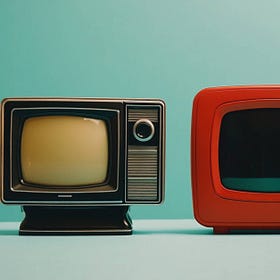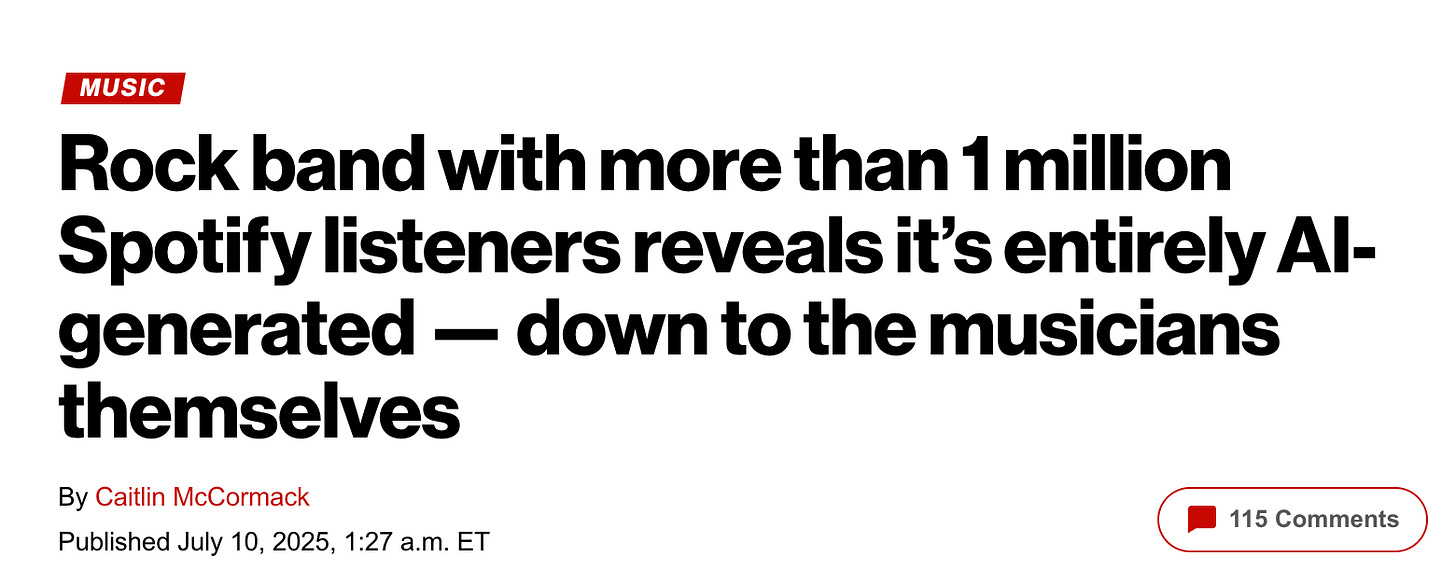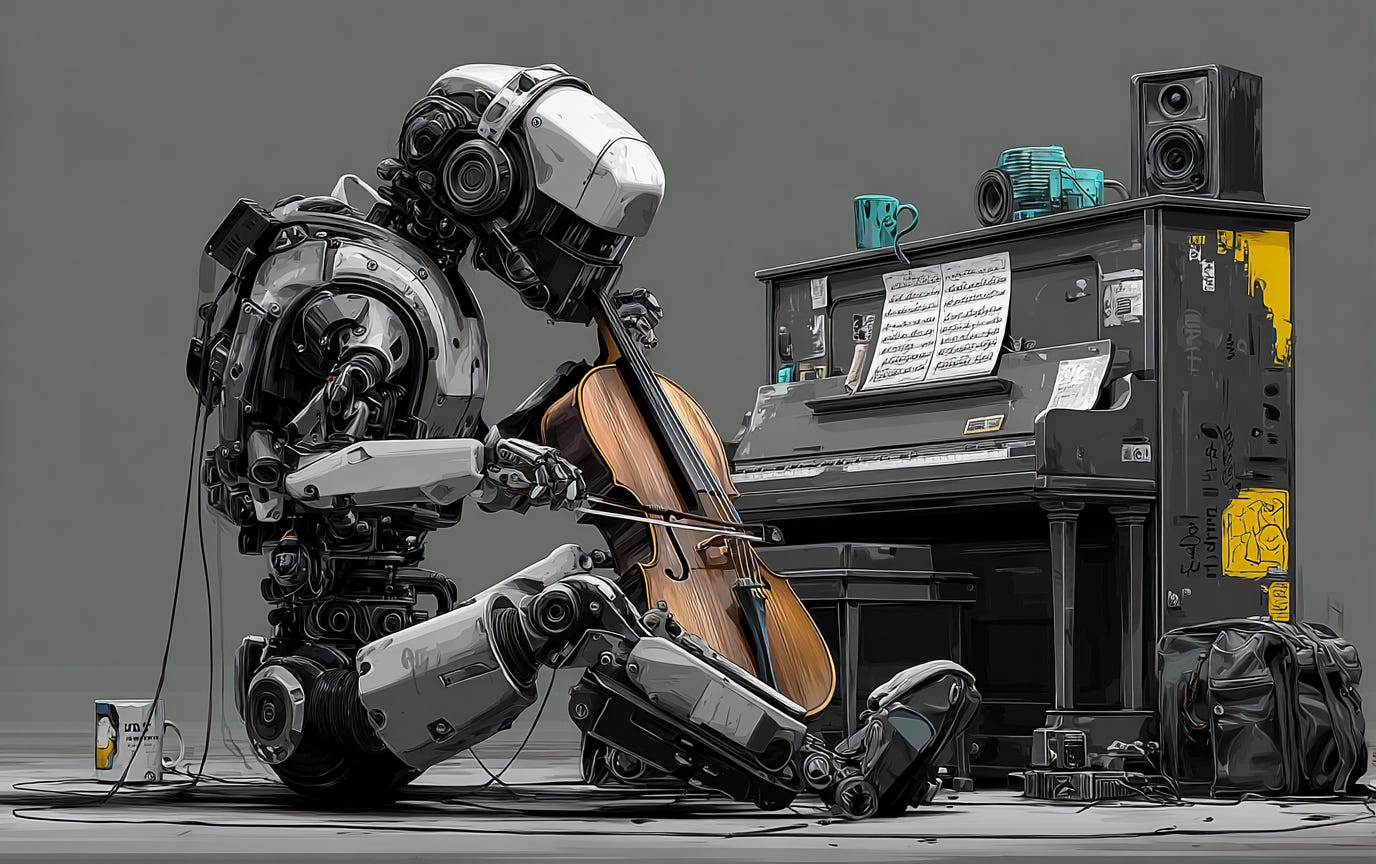The Synthetic Wave Is Already Here
How Spotify just confirmed the AI content tsunami I predicted.
Six months ago, I wrote a blog post titled “The Collapse of Social Platforms” At the time, it felt like a distant horizon — something you could see coming if you squinted into the future.
The Collapse of Social Platforms
It’s the end of the year, so I’ll write about something more theoretical that has been on my mind those last few days.
Spotify just made headlines for hosting an AI-generated “band” that racked up over a million plays before anyone realized the artists weren’t real. No humans. No guitars. Just prompts, algorithms, and a good understanding of how to feed the machine what people want to hear.
And that’s just the beginning.
AI is Creating — Not Assisting
Back then, I wrote that we were moving past “AI-assisted” content into “AI-native” creation. At the time, it might have sounded like theory. Now, we’ve entered the Spotify Phase: platforms no longer just recommend content — they create it. They don’t need to wait for artists to upload music. They can fill the catalog themselves.
And they will.
Because the economics are too good, the data feedback loops are too tight, and the audience — most importantly — doesn’t seem to care.
The Illusion of Authenticity is Enough
Spotify didn’t advertise the AI band. It was just another artist profile. People listened. They added songs to playlists. They vibed. It’s only after the fact — after journalists started poking around — that we learned the truth.
And you know what? Most listeners still don’t care.
Which proves my original point: we’re not as attached to the source of content as we think we are. We just want something that feels good, fits our mood, and plays seamlessly into our day. If that comes from a human or an LLM fine-tuned on hit-making formulas… who’s checking?
This is the uncanny shift: content is becoming pure simulation. And for most, it’s indistinguishable from the real thing.
Platforms are Optimizing Away People
Spotify’s move is not an isolated event. It’s the canary in the coal mine for every content platform out there.
Why wait for a podcast to be recorded when you can prompt one into existence?
Why pay creators when you can generate infinite variations?
Why host unpredictable humans when you can manufacture predictable engagement?
From AI-generated OnlyFans personas to YouTube clones to fake influencers on Instagram, we’re entering a phase where content isn’t created by people — it’s created for people by machines pretending to be people.
It’s not a dystopia. It’s just a business decision.
So Where does This Leave Us?
If you’re a creator: The value of “real” is shifting. It may no longer be about production quality — but about human connection. Your face, your voice, your story might become the only proof-of-humanity people care about. Ironically, the more polished your content looks, the more people might question if you made it.
If you’re a platform: Congratulations, you’re entering the golden age of AI-powered margins. But beware the erosion of trust. Once users start doubting whether anyone on your platform is real, the social glue may break down fast.
If you’re a user: Good luck. You’re about to be bombarded with synthetic everything. And the biggest risk isn’t being tricked — it’s not caring anymore whether what you’re consuming is real or not.
That’s when the simulation wins.
A Prediction, Revisited
In that original post, I wrote:
“Real life will be the only place you’ll have left to interact with real humans.”
I stand by it — even more today. The value of the human connection will rise in proportion to how rare it becomes online. Coffee with a friend. A live concert. A hand-written letter. These may become the luxury goods of the 2030s.
So yes, the synthetic wave is here. But maybe that’s what we needed — a reason to remember what being human online really means.
Until then: keep your eyes open, your ears sharp, and maybe… spend a little more time offline.




